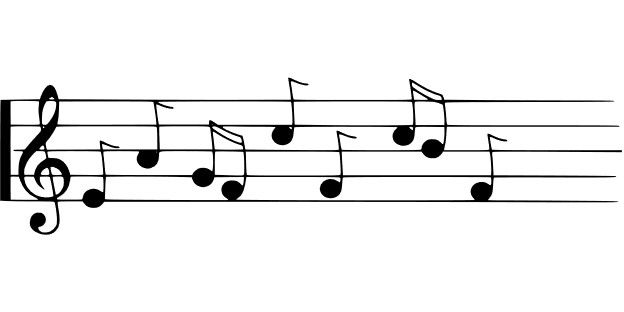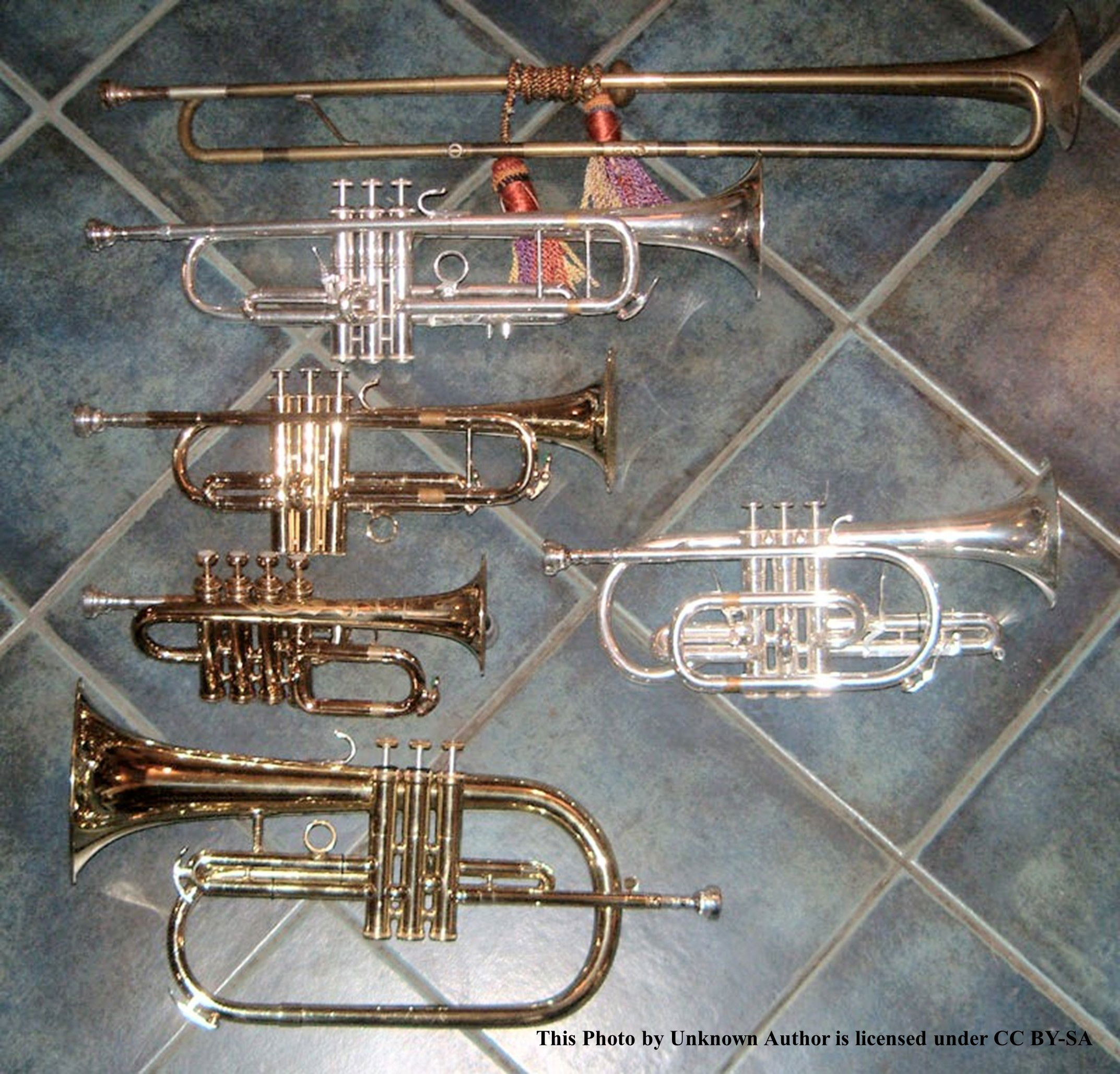Elements of Stellar Classical Music for Concert Band, Choral Group or String Orchestra

In this article, we’re going to use the term Classical Music to refer to any music of a more serious nature. See Note at the end for a better explanation.
Classical music ensembles hold a unique place in the world of musical expression. They aren’t a marching band with simplistic harmonies and consistent meters. They aren’t a single singer with a rhythm section and dancers for support. And they aren’t drum lines or bluegrass bands.
A Classical performance offers a captivating blend of a variety of instruments that come together to create a great sound, whether mellow and soothing or bright and powerful, and often with no other stimuli than the sound of the music itself. Crafting a memorable classical piece requires a keen understanding of various musical elements. Let’s investigate the essential components that contribute to the success of a classical composition. These well-crafted components will also define what make it art, instead of just music. For a deeper exploration of the difference between Music and Art, see the article entitled Is It Art or Just Music?
1. Melody: The Heartbeat of the Music At the core of any outstanding classical piece lies a compelling melody. The melody is the thread that weaves through the entire composition, capturing the audience's attention and leaving a lasting impression. A strong, memorable melody is often characterized by its singability, making it resonate with listeners long after the performance is over.
Sometimes, a melody is written for a particular instrument section or choral voice. If the music is to be bold or military sounding, the best ensemble would be a concert band, featuring the brass instruments. If it’s a love song, especially with meaningful words, a choral group would be best, although a pop arrangement could be done for a string orchestra and sound just as romantic.
In such situations, the challenge is for the composer to choose the best range for the instruments or voices for which the piece is being written. A bold piece should be written for brass in the middle and upper ranges; something near the bottom of the range sounds dull and muddy. A love song written so that the sopranos or violins are in the upper range sounds strained, lacking any sense of warmth or romance.
One piece in particular written by Salt Cellar exemplifies how such a challenge can be met. In Carry Me Back to Old Killarney, the woodwinds and upper brass have the melody up until measure 51, where there is a very obvious key change. This wasn’t done just for fun or color, but so that the French horns, who were formerly in the key of Bflat could now play much more easily in the key of C. Then again at measure 115, a more subtle key change returns the piece to its original key. 2.
2. Harmony: Crafting Rich Musical Layers
Harmony plays a pivotal role in developing a classical piece. It involves the artful arrangement of different musical voices and tonalities. Depending on the intention of the composer it can create a lush and layered sound or something more open and ancient sounding.. A well-crafted harmony enhances the emotional impact of the music, taking the audience on a journey through various tonal landscapes.
Here, again, the composer must develop a particular sound. Open, wide-spaced harmonies convey a sense of grandeur, boldness and power. Close harmonies can convey a warmer or even sinister sound, depending on the key and intervals used.
Golden Morning, a piece for String Orchestra by Salt Cellar, uses a wealth of well-placed, close, moving harmonies to create a tension that contrasts strongly with the final resolution.

3. Rhythm: The Driving Force
A dynamic and well-defined rhythm is the driving force that propels a classical piece forward. It establishes the pulse of the composition, providing structure and cohesion. Composers often use rhythmic diversity to add excitement, intrigue, and a sense of movement, keeping both performers and listeners engaged.
The first instruments that people think of when thinking about rhythm are drums. These are the most obvious, but not the most essential. A great melody also has a great rhythm, as well as the potential for alternate rhythms. A good example of such alternate rhythm is Minuet in Four, a variation of a piece by Petzold / Bach by Salt Cellar. The original is a nice waltz with a very good bit of rhythm, even if it’s a bit predictable. The arrangement changes the time signature to 4/4 and the melody also works quite well in that time signature.
Another way to use rhythm is in the harmony or countermelody parts. A simple example of this is the “oomp – pah” parts in a march or polka. The bass instruments play the “oomp” parts while a middle range instrument, often French horns or violas, play the “pah” parts. More elaborate and sophisticated versions of this are found throughout classical music of all sorts.
One of Salt Cellar’s arrangements of Amazing Grace, How Sweet the Sound for SATB choral group, not only uses a variation on the original melody, but also uses some intriguing rhythms in its harmony parts.
4. Dynamics: Shaping the Sound
The interplay of dynamics adds nuance and drama to a classical piece. Composers use variations in volume to create tension, release, and emotional impact. From subtle crescendos to thunderous fortissimos, the careful manipulation of dynamics ensures that the music remains captivating and expressive.
Sadly, most pop music of every sort is compressed during its final recording processes. That means that from start to finish, the song is at about the same volume. That might be good if someone is listening to it in the car or as background noise to another activity, but real music reflects real life, with its ups and downs and variations in texture and volume.

5. Instrumentation: Exploiting the Palette
The choice and arrangement of instruments in a classical ensemble are integral to the piece's overall sound. A skilled composer understands the unique qualities of each instrument or voice and orchestrates them to create a balanced and meaningful sound. Exploring the full potential of an ensemble’s musical voices can result in a piece of music that is both powerful and beautiful.
At Salt Cellar Creations, most pieces are written for the most common ensembles, so the choice of voices or instruments is more of a skill in using the most appropriate for the piece or section of the piece. There are a few pieces for small Concert Bands. One of them is the Cantummit Waltz. (You’ll have to see the reason for the odd name in the link.) We know how each member’s contribution will add to the overall sound.
6. Form: Crafting a Cohesive Narrative
A well-structured form is the roadmap that guides both performers and listeners through the musical adventure. Whether adhering to traditional forms like sonata-allegro or experimenting with more contemporary structures, the composition's form should contribute to a cohesive and understandable composition.
7. Expressive Elements: Infusing Emotion
Beyond the technical aspects, a good classical piece resonates emotionally with its audience. Composers often incorporate expressive elements such as rubato, phrasing, and articulation to convey a range of emotions, creating a connection between the music and the listener.
Conclusion:
In the realm of classical music, the blend of melody, harmony, rhythm, dynamics, instrumentation, form, and expressive elements combines to create a truly exceptional musical experience. Composers who masterfully navigate these elements have the power to transport audiences to new emotional heights, making a lasting impact in the world of classical and contemporary music repertoire.
Salt Cellar Creations understands the beauty and power that a Classical Composition can convey and has a growing library of original works and arrangements. Explore the offerings HERE.
SCC can also compose an original piece for you or do a custom arrangement for you. There are two ways that this can be done; one is much more affordable than the other. And SCC is always looking for ideas of pieces to arrange or suggestions for original pieces.
We have sold music not only in the US but in Canada, the United Kingdom, France, Australia, and New Zealand. Please visit the WEBSITE or CONTACT US to let us know what we can do for you!
Note - True Classical Music was written from about 1730 to 1820, although variations on it existed a number of years before and after. In this article, we’re going to use the term Classical Music with its commonly understood definition of “serious music”, which can include works by Dieterich Buxtehude, J.S. Bach, Beethoven, Strauss and Schoenberg. This differentiates it from what serious musicians generally call Pop (pop, rock, country, blues, etc.). There are, however, a great number of arrangements of Pop music done for Classical ensembles.